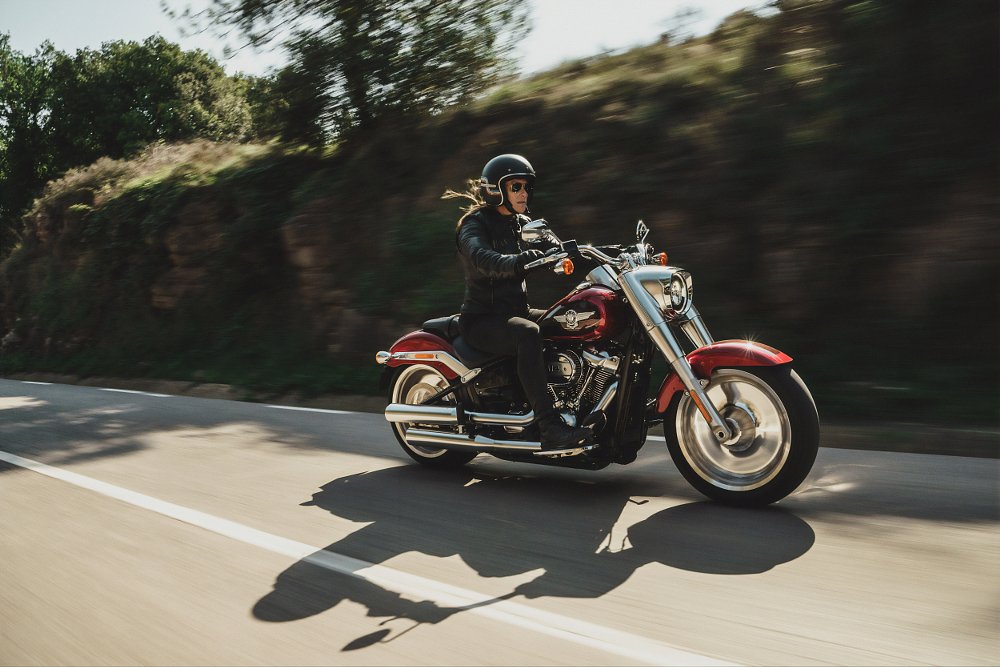Governor Doug Ducey signed SB1273 to legalize lane filtering in the state of Arizona this week. This is the latest in a recent series of lane filtering laws signed in western states, including Montana and Utah. Eastern states like Virginia, Maryland, and Connecticut have considered similar bills without much progress.
As always, it is important to note the differences between lane filtering and lane splitting. Lane filtering, which is what Arizona just approved, allows motorcycles to move at low speeds between stopped traffic. California remains the only state that allows lane splitting, in which motorcyclists move between traffic at speeds above a stopped or slowed pace. The difference between lane filtering and lane splitting seems slight, but it is significant. State governments seem much more likely to consider bills for lane filtering over lane splitting due to the differences in speed. Lane filtering is especially desirable to riders in hot states like Arizona, where an air-cooled motorcycle stuck in traffic can reach very uncomfortable temperatures.
As is the standard practice, the law takes effect 91 days after the end of the Arizona legislative session, so don't start filtering tomorrow.
The Arizona law is very similar to filtering legislation in other states. Riders “may operate the motorcycle between lanes of [stopped] traffic if the movement may be made safely” on roads with at least two lanes of traffic in each direction. The road’s posted speed limit must not exceed 45 mph, and the motorcycle cannot travel faster than 15 mph.
Common Tread reader @Bweizr testified in a senate committee for SB1273 and later gave some thoughts on the bill’s potential upsides in a comment on our last lane filtering legislation update. “I live in Tucson, and while it doesn't get as hot as Phoenix, heat injury is definitely a very real concern during my commute across the city,” Bweizr says. “Add to that our understaffed police force and the resulting unchecked distracted drivers barreling down the road with their face in their phone, and I'm sitting at every intersection roasting and waiting to get rear-ended. I don't particularly want to wind up on the 180°F asphalt. It cools down in the winter, but then the snowbirds arrive and the congestion and unsafe, frustrated drivers increase. Filtering should also help with that.”
Virginia is probably the next state to watch for lane filtering news, as Oregon’s most recent attempt was struck down by the governor. Arizona riders can learn more about SB 1273 here.









